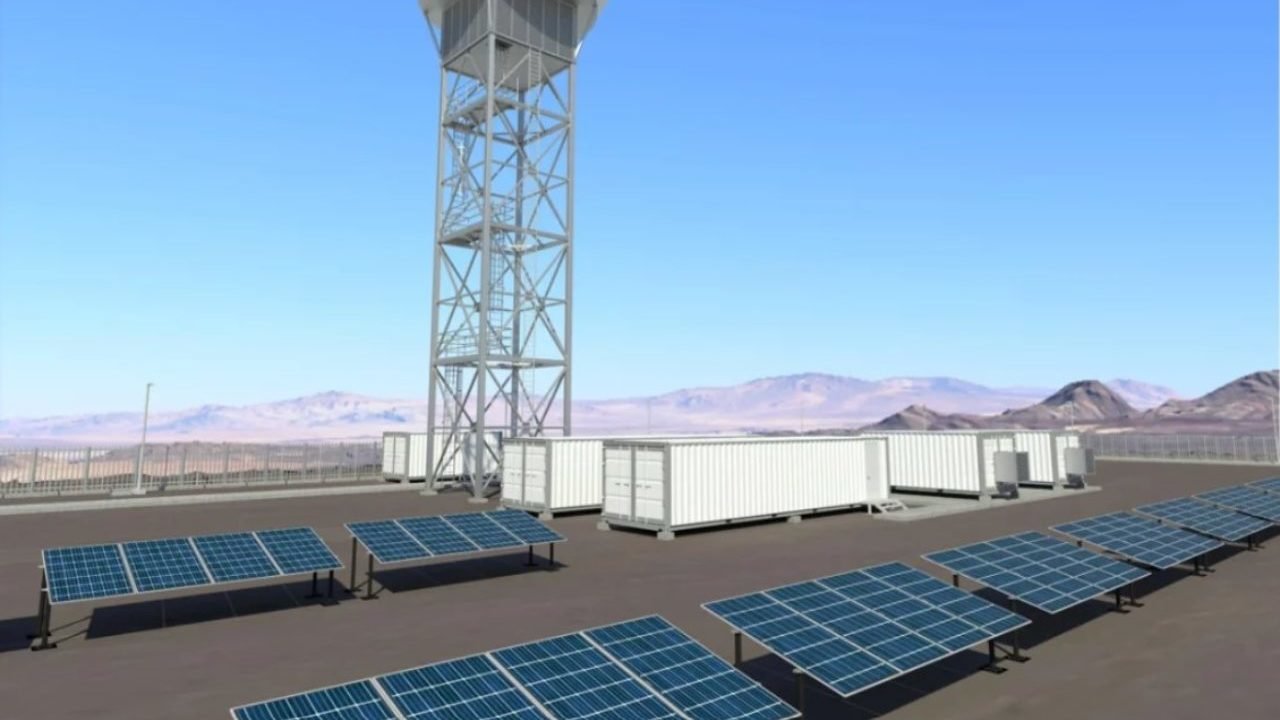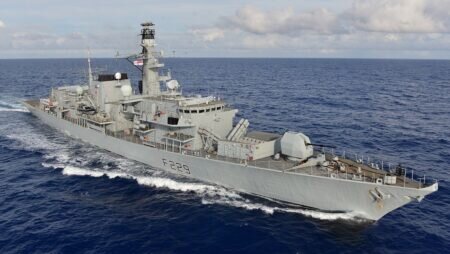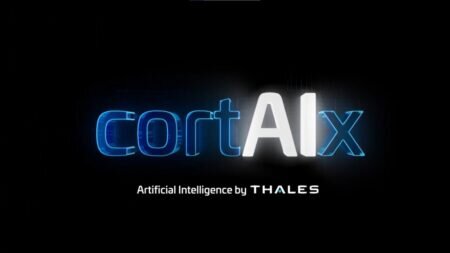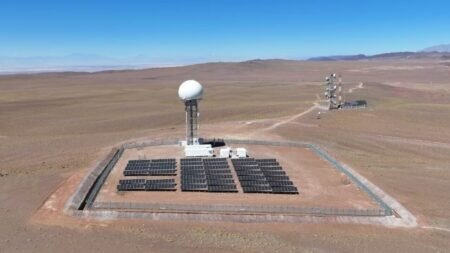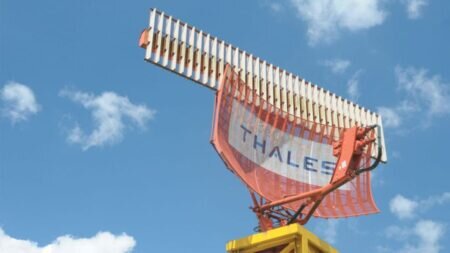Metro Bilbao, as a company committed to Social Responsibility, has carried out various energy efficiency projects in which Thales has collaborated, obtaining a significant reduction in electricity consumption.
The efficient running project optimises the speed of the trains through different driving modes. The regulation module of the traffic remote control controls the train in real time according to energy efficiency criteria, adjusting to the theoretical operating programme, traffic conditions, maintaining journey times and respecting comfort and operational requirements. This strategy has resulted in a 7% saving in traction energy consumption by 2021.
Another pioneering initiative has consisted of harnessing the regenerative braking energy of trains, returning it to the electricity grid through reversible technology equipment installed in certain substations. In 2021, 2,095,522 kWh were recovered. Of this amount, 35.2% is reused in the stations themselves, while the other 64.8% of the energy saved is returned to the electricity grid. On the other hand, the energy used was reduced by exchanging energy between trains in the start-up process: 30,943,416 kWh.
Metro Bilbao has also implemented a system of optimum use of fixed installations (escalators, lifts, air conditioning and lighting) depending on the volume of passengers, with a significant reduction in the level of lighting on platforms. During train service hours, station lighting is intensified by the presence of the train on the platform. During non-service hours, the lighting is activated on demand by means of pushbuttons installed in the station. In this way, the total time with reduced lighting is 71.33 %. Something similar happens with the escalators thanks to the treadle start system and the installation of energy economisers, with an energy saving of 60%.
Finally, the Centralised Command Post, for which Thales is the technologist responsible for its installation and maintenance support, minimises the systems infrastructure required for supervision, avoiding equipment in stations, allowing more control for less. In addition, the integration reduces the number of control room stations, resulting in 21 interlocks controlled by only 2 people. Energy control is carried out from a single station for the two lines: 12 traction substations, 46 transformer stations, 86 km of catenary, 96 emergency fans, 57 pumping shafts, etc.

